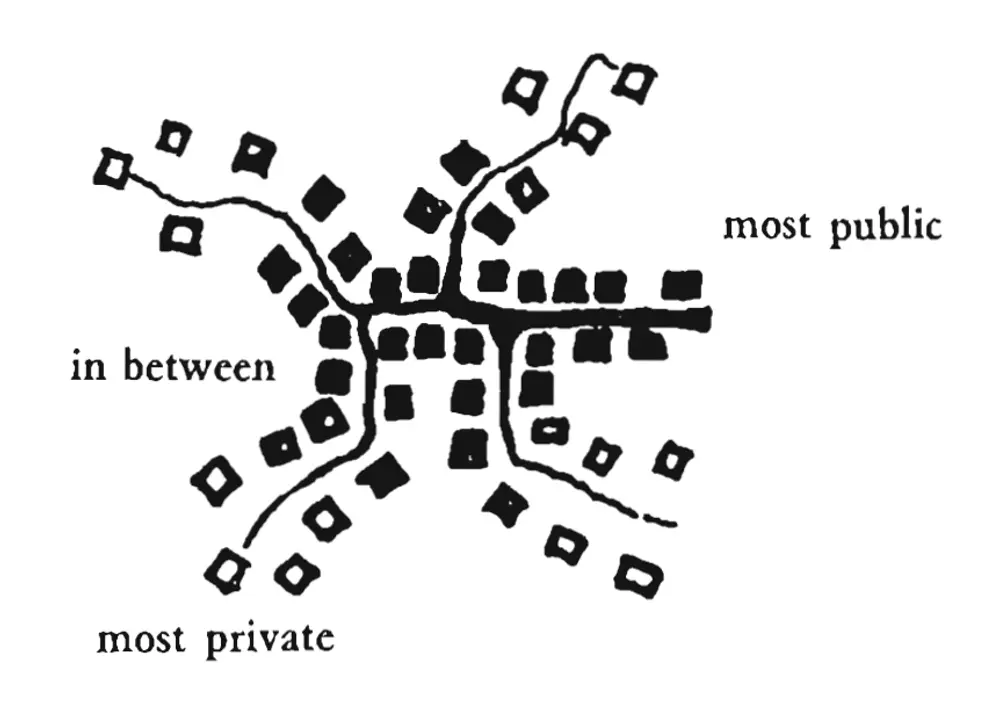A Pattern Language
Christopher Alexander’s A Pattern Language is more than a book — it’s a gentle manifesto for building places that feel alive. Written with deep care for human experience, it offers 253 patterns that speak to our innate sense of comfort, belonging, and beauty—from the scale of cities to the intimacy of a window seat.
Each pattern is a story, a solution, and an invitation to co-create spaces that nourish life. Whether you’re designing a home, a neighborhood, or simply dreaming of a better world, this book feels like a wise companion—quietly reminding us that good design is not about control, but about harmony with the rhythms of people and place.




